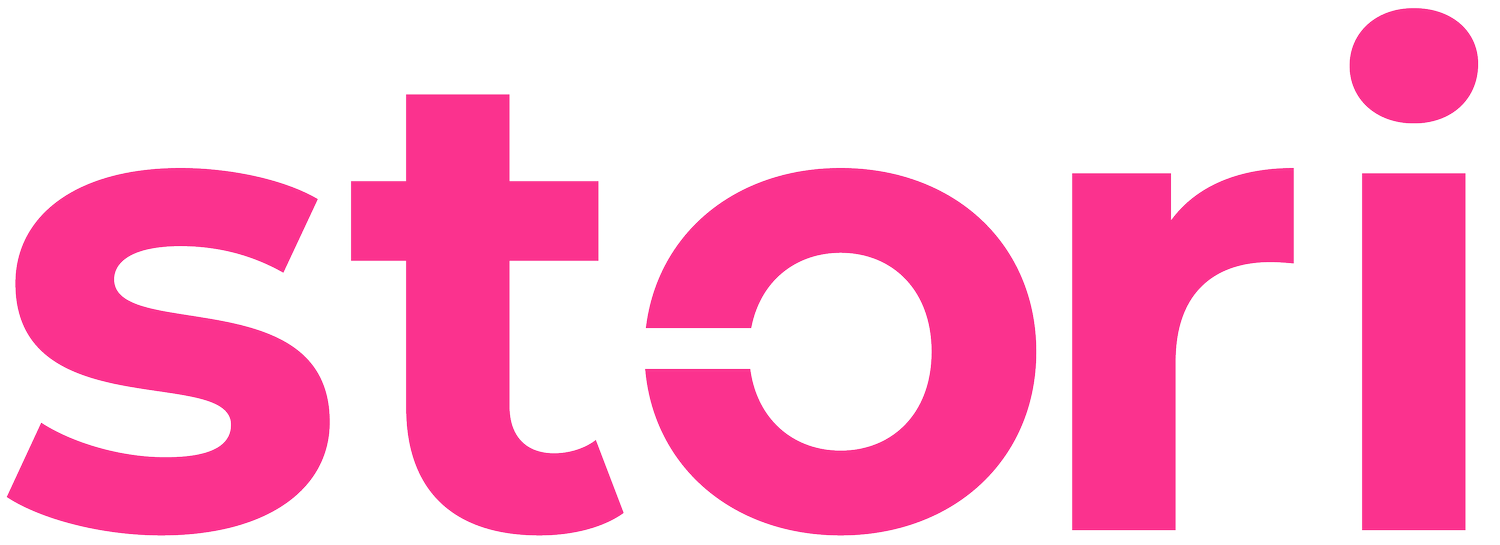How do you market to non-traditional students?
iStock
There are all kinds of non-traditional students, from those who are the first in their family to attend, to those with disabilities or those from minority ethnic groups.
And the impact of being in this bracket can be significant: a three-year study of high-achieving non-traditional learners reported that “self-esteem, pride and fear manifest themselves in many ways” for this group, many of whom “did not have positive experiences in school” and often had relatively “little knowledge of available resources”. So how should university marketing be speaking to them?
Conscious inclusion
Emma Leech, global marketing director of marketing and communications at Heriot-Watt University, says it’s important to walk the line between inclusion and othering. She says,
“Conscious inclusion is something that's really important to us, but people don’t necessarily want to be flagged up as somehow lesser.”
“I think that sometimes the public narrative can do that and I'm not sure that's massively personally or socially helpful. For us, that conscious inclusion is about really thinking about the widest possible diversity of our audiences and what we're doing to reach out, communicate and engage with everybody, without necessarily excluding any one group or multiple groups.”
She gives the example of the work she undertook while at Nottingham Trent University around attracting and supporting commuter students, many of whom will be from lower socio-economic backgrounds because “the cost of accommodation and similar is prohibitive, or because they have caring responsibilities, or local jobs”.
“They're all very different,” she explains. “What they have in common is a need, for whatever reason, to be a commuter student. So let's look at the commonality there and let's make it as easy as possible to communicate with all the students that have that in common. Let's look at what commuter students tend to want to know and be interested in and make sure that we provide that information.”
She explains that the university is also making sure to tailor particular social media content “in ways that make it student-friendly, but also don't kind of single anyone out”. So that means, for example, general budgeting tips, cooking advice and other ways to save money or earn money as a student.
“All things that will come in handy for the students who could be really struggling,” she says. “And signposting better, loading as much information as possible to make the cost element of university - which we know we know can be a real barrier for many students - as easy as possible to overcome.”
Representative staff with lived experience
For Charlotte Renwick, former director of marketing, recruitment and admissions at Leeds Beckett University, reaching out to non-traditional students in a meaningful way needs to begin with universities taking a different approach to their staffing.
“To reach a broader range of students, it's got to start with better diversity within our staff,” she says. “If I'm advising on the prospectus or an ad campaign, I can say ‘We've got 10 pictures and we've got what looks like good representation.’ But how do I know that we're doing a good job of being welcoming to those who are non-binary? Or that we have represented BAME individuals in a way that is positive?
“To actually have a better representation in the staff body would help us to do that and I think we are making our best efforts, but you can never really improve on lived experience.”
Alumni stories
Jane Robinson, associate dean of marketing and student recruitment at Teeside University, says that any communication aimed at those students who may be following a less traditional path needs to make sure that it highlights the value, enrichment and experience that the university can bring to them, possibly through the use of stories from others who took such routes from similar backgrounds.
“Working with alumni is so important, making sure that they're part of helping us tell our story,” she says.
“It all comes back to how personalised you can make that journey and how you can show the added value and make them feel important as an individual, not just a number.”
Ultimately, Emma Leech concludes, any comms, for non-traditional students or otherwise, needs to be created with a keen awareness that “people are not homogenous.'“
“As marketers, we've been guilty of treating the student market as quite homogenous for years, but that doesn't wash anymore. So I think there are some really interesting things for us to pick out from that.
Turn your research into case studies that influence. Get in touch: hello@stori.works

